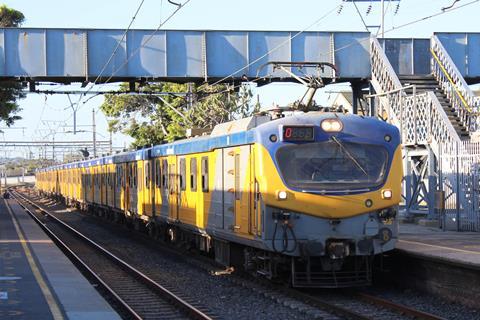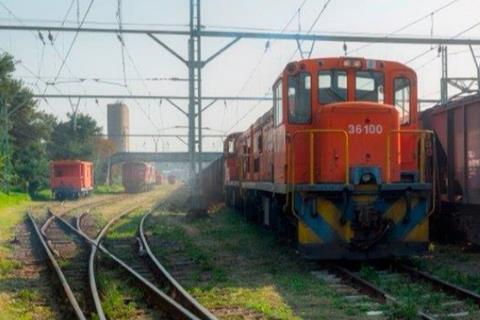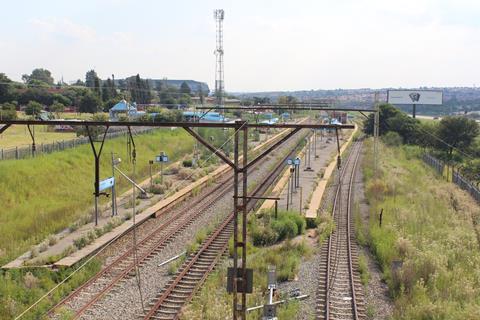
SOUTH AFRICA: Radical structural reform, open access operations, the development of a standard gauge network of high speed lines and measures to address security problems are included in a White Paper on National Rail Policy which sets out the Department of Transport’s ambitions to make rail the backbone of the transport network by 2050.
Improvements to reliability, operating speeds and the condition of the network would help to increase rail’s share of the freight and urban, suburban and long-distance passenger markets.
The rail freight market would be opened to competition, with third-party operators in addition to incumbent Transnet.

Competition is envisaged for long-distance passenger services and those routes where state-owned Passenger Rail Agency of South Africa is unable to offer services. However, it is not recommended for commuter networks with frequent services.
Prasa’s Metrorail commuter ridership declined from 634 million passengers in 2008-09 to 125 million in 2019-20, and the aim would be to halt the decline and turn it into growth.
The revival of 3 350 km of branch lines is considered, in order to create jobs and develop rural areas.

The speed and axleload limitations of the 1 067 mm gauge national network are mentioned as a barrier to higher performance, and so the white paper proposes extending 1 067 mm gauge routes where needed but also starting work on a 1 435 mm gauge network with greenfield construction of new lines as well as dual-gauging of critical sections.
A series of standard gauge high speed lines is also proposed, starting with a 300 km/h line between Pretoria/Johannesburg and Durban which it is envisaged could be fully operational by 2050.
The serious security challenges that the railways face are also to be tackled; the 100-day Covid-19 lockdown from March 2020 saw stations vandalised and looted, and overhead cables and signalling equipment stolen at a larger scale than ever before.
The paper proposes a ‘whole-government approach’ to addressing this, with local and national authorities, police and security agencies working together.

















